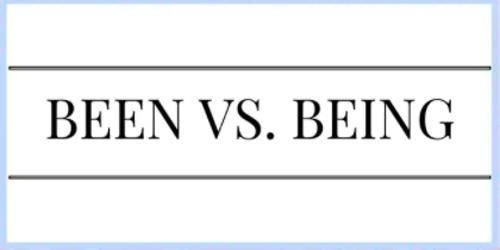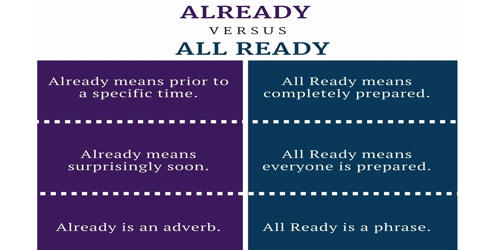“Has” and “have” are both verbs. Verbs are used to indicate action. In the English language, when we want to express possession, we either use have or has, depending on the person. ‘Has’ and ‘have’ are different conjugations of the verb to have. Most of the time, the words ‘has’ and ”have’ are being used interchangeably, but there are certain rules concerning their use in the sentences which must be followed for making it grammatically correct. Both “has” and “have” are the simple present tense of “to have.”
‘Have’ is used with the pronouns I, you, we, and they, while ‘has’ is used with he, she, and it. We use ‘has‘ with a third person, i.e. He, She, It, etc. whereas we mainly use ‘have‘ with a first and second person, i.e. with I, We, You, etc. and also with the third person when the sentence starts with ‘they’.
“In the English language, when we want to express possession, we either use have or has, depending on the person. ‘Has’ and ‘have’ are different conjugations of the verb to have.”
Difference Between Has and Have
HAS
- Has is a form of ‘have’, that denotes what people hold or possess.
- Has is the third person singular present tense.
- Has is just another form of the verb ‘have’, used with third persons.
- Has is a word indicating possession or ownership of something. It is the present tense of ‘have’ used with third person singular, i.e. he/she/it/ singular noun.
- ‘Has’ and ‘Have’ denotes a simple present form of the verb have, wherein has is used singular nouns, i.e. teacher, child, judge, my mom, etc.
- Has is used with the pronouns, i.e. He, She, it, this, that, etc.
- Examples: She has good market knowledge. Akira has submitted the college project today.
HAVE
- Have is the base form of the verb, that means to possess, hold, or own something.
- Have is the first and second person singular present and plural tenses and the third person plural present tense.
- Have is an irregular verb, which can be used either as a main verb, i.e. action verb itself, or as an auxiliary verb to form present perfect sentences using a past participle form of the verb.
- Have is an indicator of possessing or owning something. It is the base form of the verb, which is mainly used with the first person and second person, singular pronouns, and third-person plural pronouns.
- ‘Have’ is used with plural nouns, i.e. teachers, parents, children, judges, etc.
- Have is used with pronouns I, you, we, they, these, those, etc.
- Examples: You have a good sense of humor. I have to submit the project by tomorrow, anyhow.
















